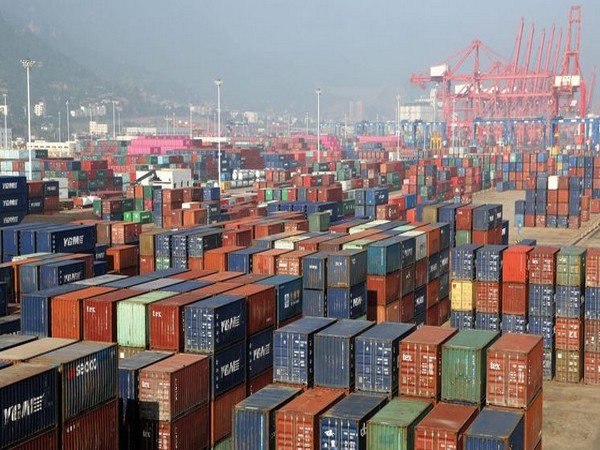U.S.-India Trade Clash: Trump Hits With New Tariffs
The U.S. imposed a 26% tariff on Indian imports, impacting sectors like electronics and gems. Pharma exports were exempt, boosting Indian pharma stocks. India seeks solutions to avoid a trade deficit impact, while the tariff aims to address non-reciprocal trade practices.

The United States has announced a significant 26% tariff on imports from India, dashing hopes for relief from President Trump's global trade strategies that have disrupted markets globally. A preliminary 10% tariff will be effective this Saturday, before escalating to the higher rate on April 9.
President Trump cited India's substantial tariffs on U.S. goods while imposing reciprocal duties. India will now join China, Vietnam, and others facing heightened U.S. tariffs. Despite the increase, Indian markets showed lesser volatility compared to broader Asian markets, hinting at a potential competitive edge in some sectors.
India's pharma sector saw gains due to tariff exemptions, boosting stock prices. However, other industries, including electronics and jewelry, brace for impact. The Trump administration remains firm on tariffs until trade imbalances and non-reciprocal practices are addressed, placing pressure on Indian Prime Minister Modi, who maintains a strategic partnership with Trump.
(With inputs from agencies.)
ALSO READ
Trump Secures Major Drug Price Cuts From Top Pharma Companies
Trump's Big Pharma Shake-Up: Major Drug Price Cuts for Medicaid Announced
Trump Negotiates Major Drug Price Cuts with Pharmaceutical Giants
Trump Calls on Health Insurers for Price Reductions
Trump's Pharmaceutical Price Slash: Major Deals Announced










